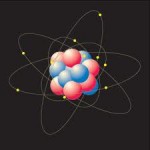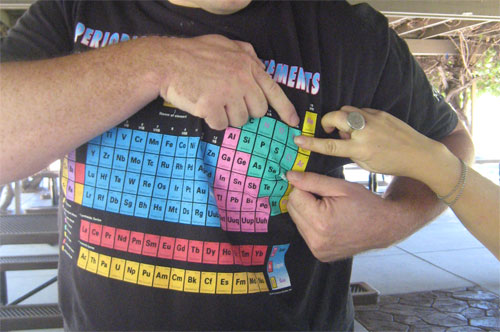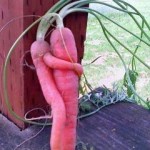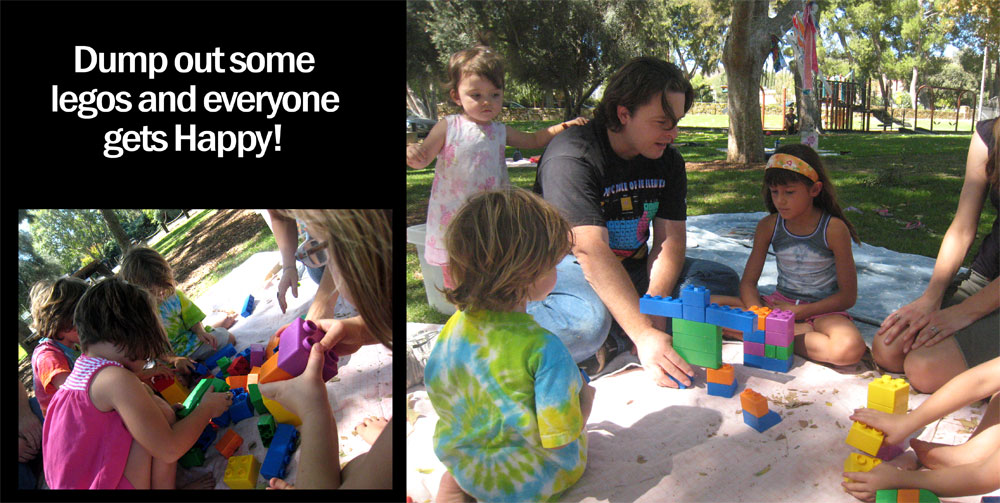A few years [...]]]>

2009 Not just holding hands; Aran is Oxygon covalently bonded to the two hydrogen atoms
 ** SUPPLIES REQUEST** We will need balls to play our games and replicate molecular bonding, create a visual for electron orbits around nuclei, and possibly even track atomic particles in our bubble chamber. Artsy Bubble Chambers.
** SUPPLIES REQUEST** We will need balls to play our games and replicate molecular bonding, create a visual for electron orbits around nuclei, and possibly even track atomic particles in our bubble chamber. Artsy Bubble Chambers.
 A few years ago, I realized how most kids (as young as four) are budding molecular scientists. First off they are interested in what is in everything – matter. They seem comforted to learn that everything is made of one type of thing – atoms. These small building blocks makes sense to them – as do Legos. The idea that our world
A few years ago, I realized how most kids (as young as four) are budding molecular scientists. First off they are interested in what is in everything – matter. They seem comforted to learn that everything is made of one type of thing – atoms. These small building blocks makes sense to them – as do Legos. The idea that our world  (matter) can be broken down into smaller and smaller pieces as well as built up into massive structures is consistent with their growing awareness of the world.
(matter) can be broken down into smaller and smaller pieces as well as built up into massive structures is consistent with their growing awareness of the world.
They are learning how does a carrot grow? It starts as a tiny seed and gains more building blocks. And last year my daughters were excited to learn about the parts to their bodies (bones to support them, blood super highways, brains with nerve highways, and skin to hold it all together). Alot of little things make the magical people they are.
Moreover, many children are intrigued by the moon, stars and the idea that other planets like their own are orbiting in space. They can’t see these giant objects orbit with their own eyes, nor can they see electrons orbiting the nucleus of atoms, but they don’t have to see them to envision them with excitement. And I believe that if you are excited (as adults or kids) – learning becomes fun and most likely – permanent. Smiles demarcate the success of conveying concepts by playing games with toys as well as letting the kids go wild with arts and crafts.
This week we will revisit the basics of atoms using Legos and run-around ball games before taking my molecular scientists on a hunt for valence electrons. Some children will be atoms that make Ionic molecular bonds (give up an electron in making the bond with atoms), whilst other kids and parents make Covalent molecular bonds (share an electron with another atom). Don’t let the big science words scare you, they consist of the same alphabet building blocks of small words. Look at this great tutorial of how the chemical bonds of salt, water and sugar work on a molecular level. I will be recreating this for the kids with legos and the balls they bring. Determine @ home which dissolves faster into water: salt or sugar?
]]>